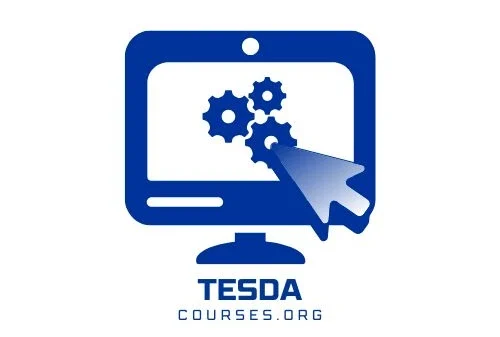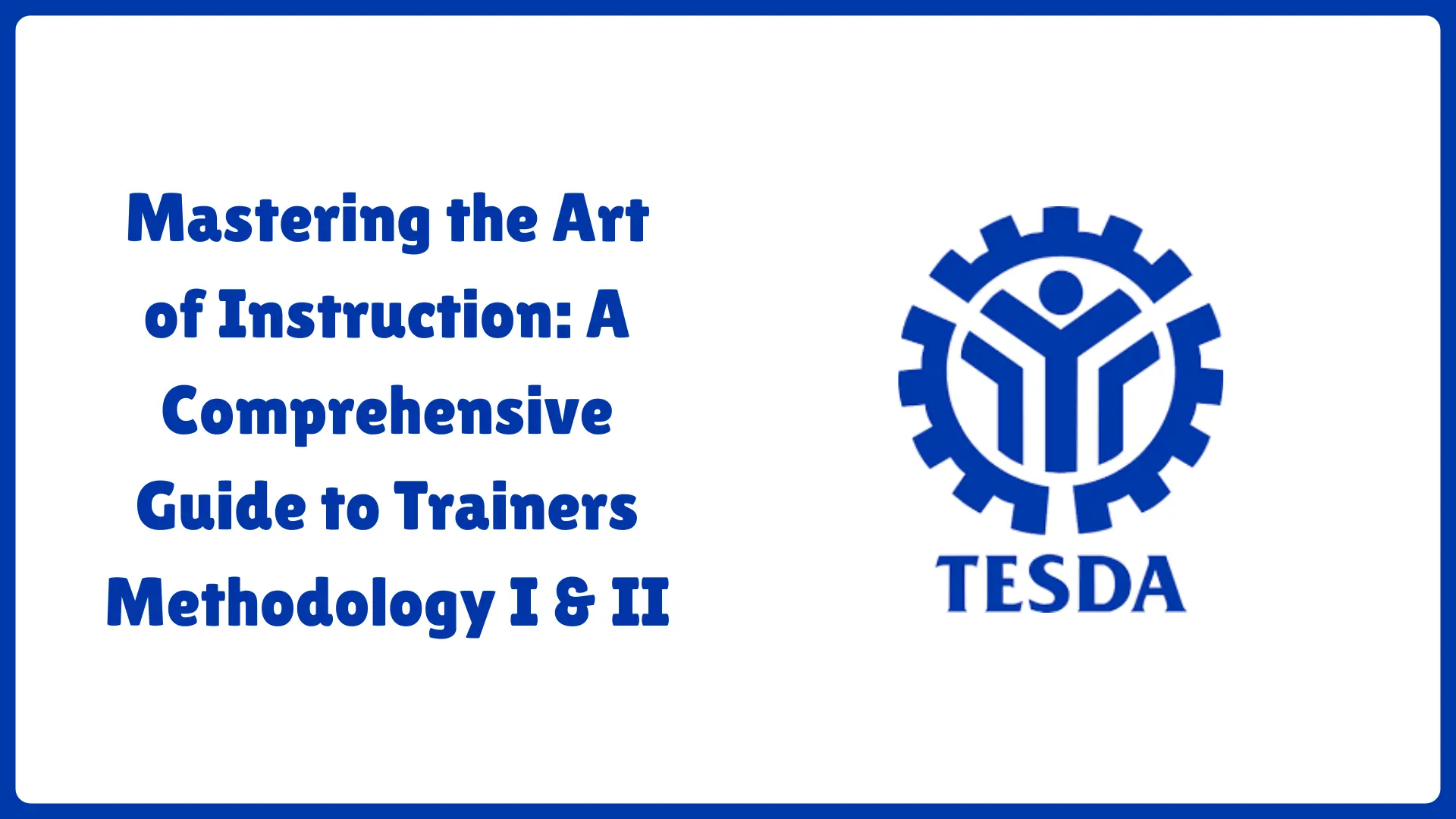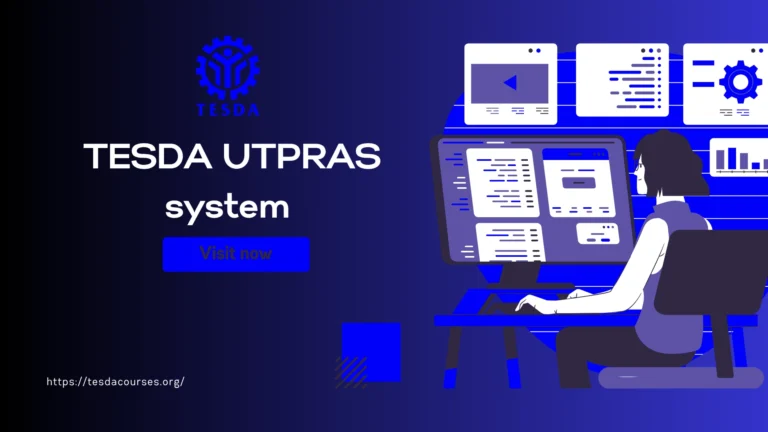Mastering the Art of Instruction: A Comprehensive Guide to Trainers Methodology I & II
Are you looking for Trainers Methodology I & II? In the dynamic world of Technical-Vocational Education and Training (TVET), the quality of instruction is the single most critical factor for success. Effective trainers don’t just possess technical skills; they are expert facilitators, assessors, and curriculum designers. This is where Trainers Methodology I and Trainers Methodology II come into play. These certifications are the gold standard for transforming subject matter experts into competent, certified TVET trainers and assessors.
This in-depth guide explores the structure, competencies, and profound importance of the Trainers Methodology programs, detailing how they build the essential pedagogical skills required to develop a world-class workforce.
The Pillars of TVET Excellence: Understanding Trainers Methodology I & II
Trainers Methodology (TM) is a specialized program designed for technical experts, industry practitioners, and experienced workers who aspire to become certified trainers and assessors in the TVET sector. It is structured into two levels:
- Trainers Methodology I (TM I): Focuses on the core competencies required to deliver training and conduct assessment effectively.
- Trainers Methodology II (TM II): Focuses on the higher-level competencies required to develop and design training curricula and programs.
Together, they create a complete professional profile for a TVET educator.
Deep Dive into Trainers Methodology I (TM I)
TM I equips aspiring trainers with the practical skills to facilitate learning and assess competency in both classroom and work-based settings. The program is organized into key clusters and modules.
Cluster: Deliver Training Session
This cluster focuses on the direct facilitation of learning.
1. Planning Training Session
This is the foundational module for any effective training program. It covers the competency required to plan a training session systematically.
- What You Will Learn:
- Identifying learners’ requirements and characteristics.
- Developing detailed session plans that outline learning objectives, content, methodologies, and assessment strategies.
- Preparing and organizing instructional materials, learning resources, and assessment tools.
- Structuring a session for maximum engagement and knowledge retention.
2. Utilizing Electronic Media in Facilitating Training
In today’s digital age, a trainer must be proficient with technology. This module covers the advanced use of electronic media.
- What You Will Learn:
- Operating and maintaining various audio-visual and digital equipment (projectors, interactive whiteboards, etc.).
- Integrating electronic media (videos, presentations, e-learning modules) effectively into training sessions to enhance learning.
- Troubleshooting common technical issues to ensure smooth training delivery.
3. Supervising Work-Based Learning (WBL)
A significant portion of TVET occurs on the job. This module is crucial for trainers involved in apprenticeships, internships, and other in-situ training.
- What You Will Learn:
- Understanding different WBL modalities (apprenticeship, internship, dual training).
- Planning and designing a structured work-based training program in partnership with industry.
- Implementing and monitoring the training, providing ongoing guidance and mentorship to learners.
- Evaluating the learner’s performance and the overall effectiveness of the WBL program.
4. Maintaining Training Facilities
A safe and functional learning environment is non-negotiable. This module covers the operational side of training management.
- What You Will Learn:
- Implementing a preventive maintenance system for training facilities, equipment, and tools.
- Conducting regular housekeeping and safety checks.
- Documenting all maintenance activities and keeping accurate records to ensure compliance and readiness.
Cluster: Conduct Competency Assessment
This cluster focuses on the critical skill of evaluating whether a learner has achieved the required competency standards.
5. Conducting Competency Assessment
This module is essential for anyone who will serve as a National Assessor. It details the entire assessment process based on national standards.
- What You Will Learn:
- Organizing and preparing for assessment activities.
- Preparing candidates for the assessment process.
- Gathering and evaluating evidence of competency through observation, questioning, and portfolios.
- Making fair, reliable, and valid assessment decisions.
- Recording results and providing constructive feedback to candidates on their performance.
Advancing to Trainers Methodology II (TM II)
While TM I focuses on delivery, Trainers Methodology II focuses on curriculum development, targeting senior trainers, training managers, and instructional designers.
Core Module: Developing Training Curriculum
This module covers the macro-level skills needed to create the training programs themselves.
- What You Will Learn:
- Establishing Training Requirements: Conducting Training Needs Analysis (TNA) to identify skill gaps and market demands.
- Identifying the Learner: Defining the target audience and their characteristics.
- Curriculum Development: Designing, modifying, and customizing a full training curriculum based on the Competency-Based Training (CBT) approach. This includes defining program outcomes, structure, learning modules, and resources.
- Finalizing and Validating: Ensuring the curriculum meets national standards and industry needs before implementation.
The Critical Importance of Certified Trainers
Investing in Trainers Methodology certification is an investment in the entire TVET ecosystem.
- Standardized Quality Instruction: TM ensures all trainers use best practices in pedagogy and assessment, leading to consistent, high-quality training outcomes.
- Enhanced Employability of Graduates: Well-trained learners taught by certified instructors are more competent, confident, and job-ready.
- Industry Relevance: The focus on WBL and competency assessment ensures that training is directly aligned with the evolving needs of industry.
- Professionalization of TVET: It elevates the role of a TVET trainer from a simple instructor to a recognized educational professional.
- Global Competitiveness: TM certifications are aligned with international standards, making the workforce competitive on a global scale.
Conclusion: Building the Builders of the Workforce
Trainers Methodology I and II are not just courses; they are transformative programs that build the capacity of the individuals responsible for building the national workforce. By mastering the arts of session planning, digital facilitation, work-based supervision, competency assessment, and curriculum development, certified TM trainers become the cornerstone of a robust, relevant, and responsive TVET system.
For any technical expert with a passion for teaching, obtaining these qualifications is the definitive step toward a impactful career shaping the skills of tomorrow.







